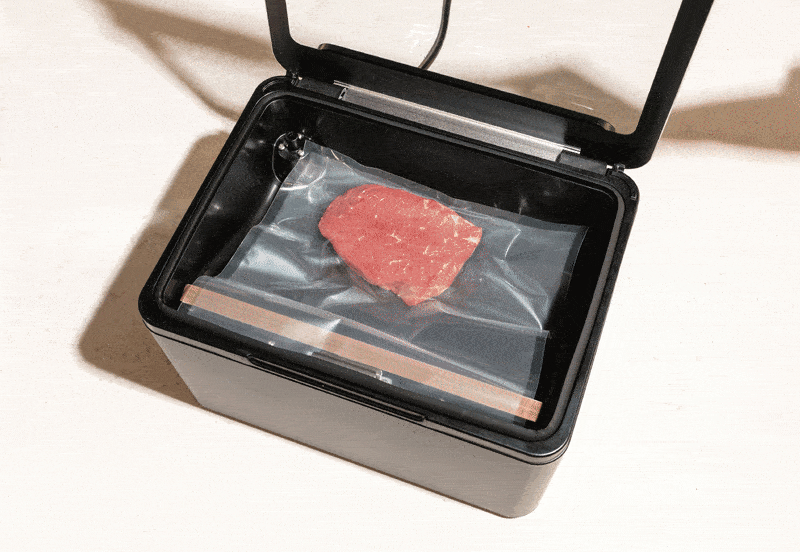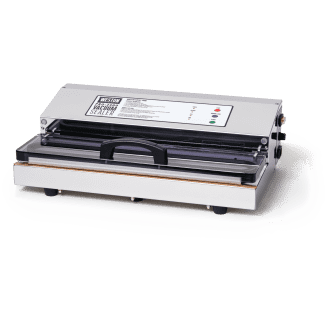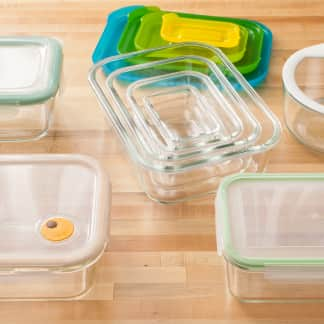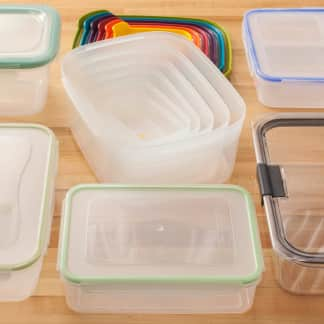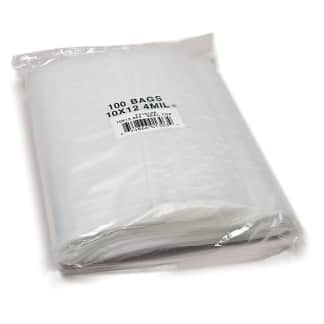The best vacuum sealers for home cooks perform well and have simple, intuitive controls. Our overall favorite is the Nesco Deluxe Vacuum Sealer. This compact but sturdy external vacuum sealer excelled at vacuum-sealing food and has an easy-to-read display screen that indicated when the machine was vacuuming, sealing, or done with its cycle. A handful of settings offered all of the customization we needed. We also love the sleek and even more compact Anova Precision Vacuum Sealer Pro, which performed just as well and is just as easy to use. An added bonus: Both machines have a roll storage compartment with built-in slicer so that you can easily cut bags to size, though Anova’s jammed occasionally during use.
Finally, our favorite chamber vacuum sealer is the Anova Precision Chamber Vacuum Sealer. It’s large, expensive, and heavy, but did a great job of vacuum-sealing different types of foods, and can even vacuum-seal liquids. It also has some fun extra functions, allowing you to infuse, compress, and quick-pickle foods. It can’t vacuum-seal large items (roasts, a gallon of tomato sauce), though, so it’s best for cooks who will make use of those extra functions and only save or seal small or flat foods.







